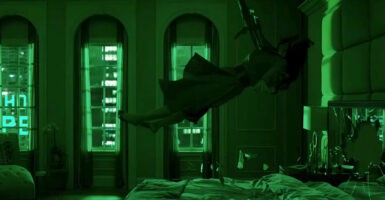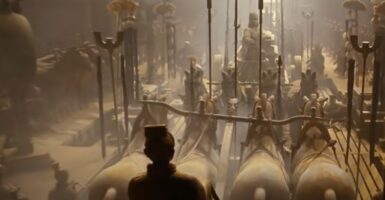Galaxies Forming Faster Than We Thought According To New Webb Telescope Photos
Scientists found galaxies that formed near the Big Bang.
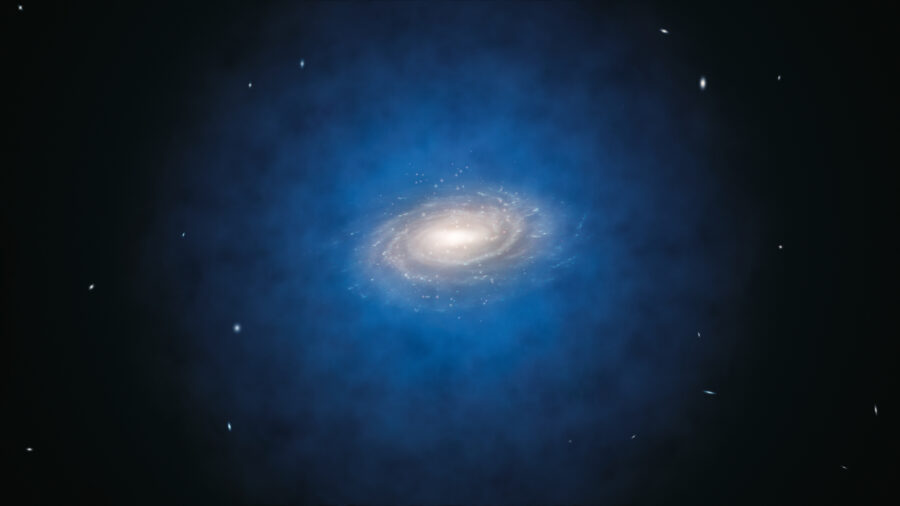
For those who didn’t know, NASA launched a very large, advanced telescope called the James Webb Space Telescope in 2021. The telescope, which features a mirror with about six times the light collecting area of the Hubble Space Telescope, has allowed scientists to discover a planet with water, a planet with carbon dioxide in its atmosphere, and galaxies forming around a red quasar. More significantly, however, they’ve discovered fully mature galaxies that TBS News reports were formed far closer to the beginning of the universe than scientists thought possible — and it’s making scientists rethink their models for how galaxies are formed.
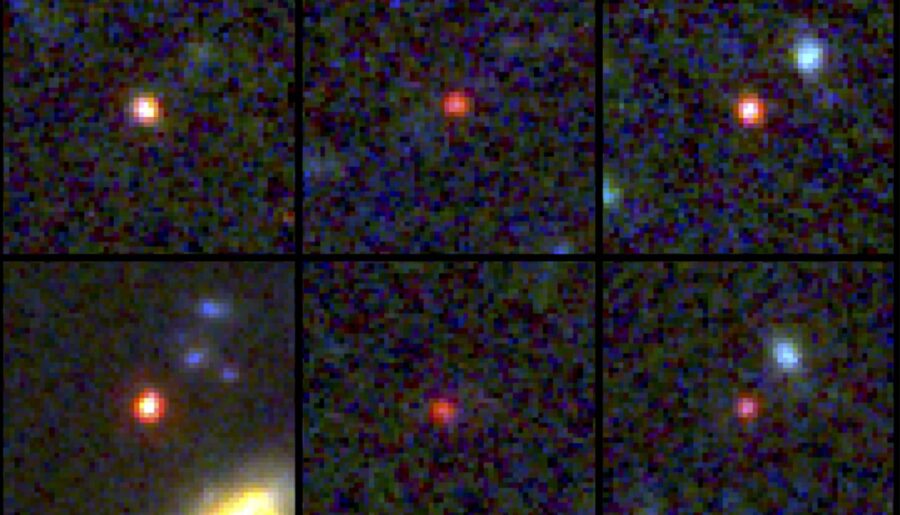
The data from the telescope appears to show six enormous stellar systems galaxies as they existed between 540-770 million years after the Big Bang. These galaxies are at least as massive as the Milky Way, though about 30 times more densely packed with stars. It was a shocking discovery for scientists and one that will change our assumptions about what the universe looked like way back then.
To understand how scientists discovered these galaxies, it’s important to have some basic knowledge about how light works — it travels at an enormously fast speed (roughly 300,000 kilometers every second) but doesn’t travel instantly. This means that when we see something very far away, we see how it looked a long way back in time. For example, if we look at something that is one light-year (9.46 trillion kilometers) away, we will see that object as it looked one year ago because that’s how long it took the light from that object to reach us.
The James Webb telescope allows us to see further than any other telescope before, and these galaxies were spotted about 13 billion light-years away from Earth — meaning that we’re seeing them as they looked about 13 billion years ago. The universe itself is only 13.7 billion years old, give or take 200 million years. Scientists say we’re seeing the galaxies as they existed merely 540-770 million years after the universe came into being.
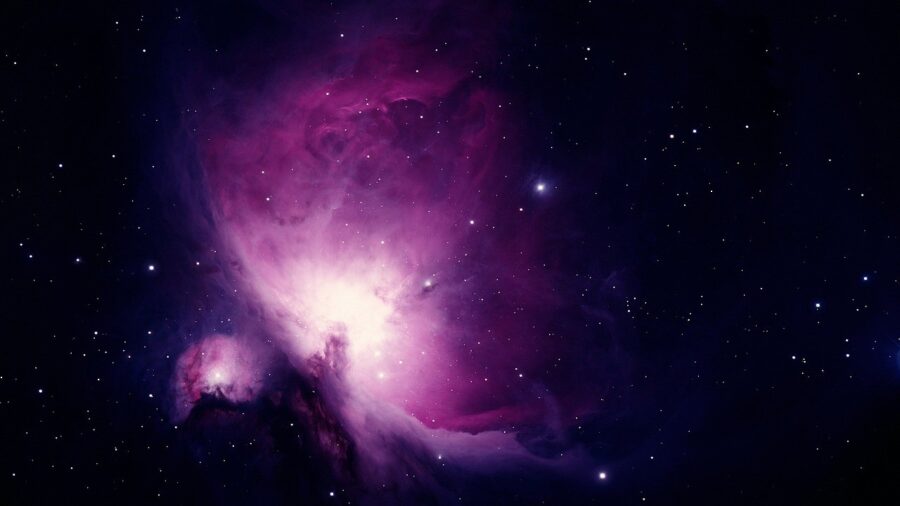
Although 540-770 million years is an impossibly long time by human standards, it only makes up about 3% of the universe’s current age. What makes this a big deal is the fact that scientists did not believe there were enough stars in the universe that long ago to create galaxies of that size. Scientists previously believed that galaxies like the ones they saw would take a few billion years to form.
It’s entirely possible that not all six of the galaxies that the telescope discovered are actually galaxies. Joel Leja, who co-authored the study, stated that it’s possible that some of the supposed galaxies might be black holes. However, even if only some of the objects turn out to be galaxies, Leja says that their existence would mean that the universe had more than 100 times the amount of star mass than was previously believed to have existed at the time.
As remarkable as the discovery of these galaxies is, it’s just the beginning of what we’ll learn about the universe. The James Webb Space Telescope is expected to survive for about 20 years, so there’s still a lot of time left for it to continue to upend everything we thought we knew.










